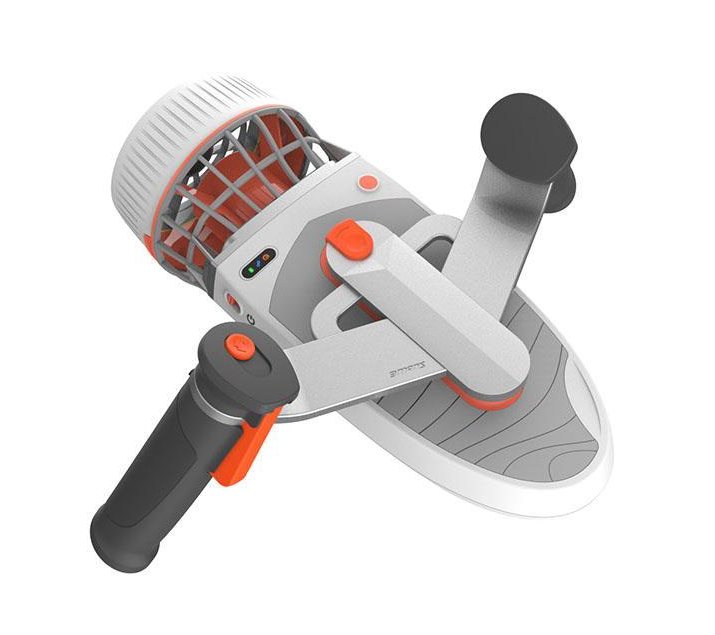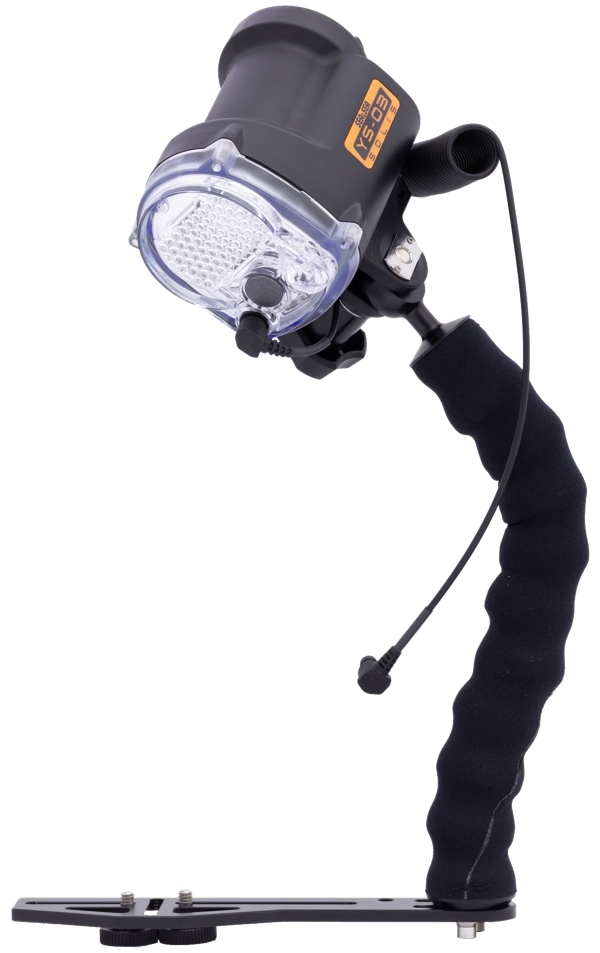- Home
- Directory
- Shop
- Underwater Cameras - Photographic Accessories
- Smartphone Housings
- Sea Scooters
- Hookah Dive Systems
- Underwater Metal Detectors
- Dive Gear
- Dive Accessories
- Diving DVD & Blu-Ray Discs
- Diving Books
- Underwater Drones
- Drones
- Subscriptions - Magazines
- Protective Cases
- Corrective Lenses
- Dive Wear
- Underwater Membership
- Assistive Technology - NDIS
- On Sale
- Underwater Gift Cards
- Underwater Art
- Power Stations
- Underwater Bargain Bin
- Brands
- 10bar
- AOI
- AquaTech
- AxisGo
- Backscatter Underwater Video and Photo
- BLU3
- Cayago
- Chasing
- Cinebags
- Digipower
- DJI
- Dyron
- Edge Smart Drive
- Eneloop
- Energizer
- Exotech Innovations
- Fantasea
- Fotocore
- Garmin
- Geneinno
- GoPro
- Hagul
- Hydro Sapiens
- Hydrotac
- Ikelite
- Indigo Industries
- Inon
- Insta360
- Intova
- Isotta Housings
- Jobe
- JOBY
- Kraken Sports
- LEFEET
- Mirage Dive
- Nautica Seascooters
- Nautilus Lifeline
- NautiSmart
- Nitecore
- Nokta Makro
- Oceanic
- Olympus
- OM System
- Orca Torch
- Paralenz
- PowerDive
- QYSEA
- Scubajet
- Scubalamp
- Sea & Sea
- SeaDoo Seascooter
- SeaLife
- Seavu
- Shark Shield
- Sherwood Scuba
- Spare Air
- StickTite
- Sublue
- Suunto
- SwellPro
- T-HOUSING
- Tusa
- U.N Photographics
- Venture Heat
- XTAR
- Yamaha Seascooter
- Youcan Robot
Shark Attacks in Perspective
Contributed by Wandy Hochgrebe
Photo by Tim Hochgrebe
My sister and I were swimming in a quiet area of Jervis Bay on the east coast of Australia a few years back. Suddenly a fin cut through the water…another one appeared next to it and another and another. Moving fast, not towards us but very close. Sharks?
It turned out a pod of dolphins was cruising past and we were over the moon about having such a close encounter with these amazing mammals!
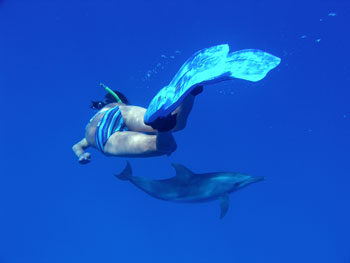 Since that day in Jervis Bay I
have voluntarily dived with many
different species of shark, including the giant Whalesharks, Hammerhead
Sharks, Grey Nurse Sharks, White-tip and Black-tip Reefsharks, Port
Jackson sharks, numerous wobbegongs and just recently I snorkelled up
close with a Lemon Shark. And guess what, at each occasion I actually
entered the water hoping I would be lucky enough to see sharks. I have
lived to tell the tale. And yes, all my limbs are still there, intact
and there wasn’t a moment I would have thought the outcome would be any
different.
Since that day in Jervis Bay I
have voluntarily dived with many
different species of shark, including the giant Whalesharks, Hammerhead
Sharks, Grey Nurse Sharks, White-tip and Black-tip Reefsharks, Port
Jackson sharks, numerous wobbegongs and just recently I snorkelled up
close with a Lemon Shark. And guess what, at each occasion I actually
entered the water hoping I would be lucky enough to see sharks. I have
lived to tell the tale. And yes, all my limbs are still there, intact
and there wasn’t a moment I would have thought the outcome would be any
different.
Plenty of people go through a lot of effort to dive or snorkel with Great White Sharks, Tiger and Bull Sharks - which are all considered to be dangerous to humans - in locations they are known to frequent. Snorkelling with Whalesharks, off Exmouth in Western Australia for example, is another well-known experience.
People are scared and fascinated at the same time by sharks and that comes a no surprise since shark live in a habitat that is relatively foreign to us and we are no where as gracious and fast moving as any animal living in the water. We are fairly restricted in our movements once we enter the water and can no longer touch the ground. In addition our vision is limited and once we are underwater for a while we will always have to come up to the surface where we bob around, helplessly. Sharks on the other hand are fast moving top-predators, fully adapted to their environment and mostly portrayed as indiscriminate killing machines. And a lot of their biology is still a big mystery to us land-dwelling mammals.
Background on sharks of the world
There are more than 400 known shark species worldwide of which about 160 species live in the waters surrounding Australia. Most shark species can be found in the relatively shallow continental shelf areas at a depth between 0 and 200 meters.
Sharks - and their close relatives rays and chimeras - have a skeleton that is build up from cartilage rather than the bony skeleton of mammals and other fish. All species are cold-blooded. Fortunately, only a few of those species are considered dangerous to people since on occasion their presence in the water has a bad outcome for the people.
All known sharks are carnivorous, which basically means they don’t like their vegies. Their diet might consist of large fish including other sharks or shellfish and for some occasionally garbage that is floating past.
Sharks have been around a long time and generally speaking have well-developed senses of sight and smell. Their hearing is very different to ours, but their internal ears can detect vibrations and differences in pressure. In addition they have the so-called Ampullae of Lorenzini located on their snout, which can detect fluctuations of the electrical fields in their surrounds. A combination of those senses is used in detecting and locating its prey.
Sharks come in a lot of different shapes and sizes. Sharks
vary from looking like the classic shark such as the Great White Shark
and the Bull Shark to something more friendly-looking like the Port
Jackson or the Leopard Shark. The smallest shark known to man, the
Small-eye Pymgy Shark, has been estimated to grow to a maximum length
of 22 cm. The world’s largest shark, the Whaleshark, has been reliably
reported to reach lengths of 15 meters. For some more info on a few
species have a read of our article '11
Sharks you should know this summer'
Shark attacks in perspective
Any shark attack makes for a good story. Of course, any loss of human life or serious injury is a tragedy, but realistically your car trip to the beach carries a higher risk of being killed than you being killed by a shark once you get there and go for a swim or surf. And in the last 215 years of documenting shark-human incidents sharks have attacked less people than people killed by road crashes in Australia each year.
On average 1 person per year dies as a result of a shark attack in Australia compared to ~ 200 people per year who die due to accidental drowning, and ~ 1500 die in road crashes.
Personally, I get rather annoyed when another shark attack hits the
headline and it turns out that someone has a bite on their arm after
lifting a wobbegong shark out of the water by its tail.
To find out a little more about shark attacks have a read of article
'Shark Attacks - 7 answers to
frequently asked questions'
Human Attacks in perspective
It is hard to say how many sharks are being killed by humans per year, but the number is in the millions – 100 million according to Sea Shepherd. Their population are indiscriminately depleted faster than they can reproduce. Two human actions stand out as being particularly cruel and unnecessary.
Shark finning is the practice of cutting off the fins of a shark. Shark fins are used in shark-fin soup or for traditional cures. Once the fins have been cut off, the shark still alive, wounded and helpless will be thrown back over-board and dies a slowly death as the shark is not able to swim. The rest of the shark is not valuable enough to justify transporting the relatively bulky shark body back to shore.
Besides the suffering of the individual sharks it has major consequences for the shark population, the marine eco system and loss of sharks as a food staple for many developing countries.
There are countries that have shark-finning legislation in place, even some that state the fins must be still attached, meaning it would be illegal to have only fins on-board.
And then there are the shark nets. According to Wikipedia a shark net is a submerged net placed around beaches to reduce shark attacks on swimmers. A common but debated practice in Australia. The Department of Primary Industry in NSW stated that the nets have never been regarded as a means of absolutely preventing any attacks, but help to deter sharks from establishing territories.
The nets are meant to capture sharks and prevent their escape until they eventually drown. But besides the sharks whales, turtles, dolphins, sea birds and even dugongs all die in beach nets too.
Shopfront
-
 Stickon Bifocals - StickTite Lenses - 32mm
Stickon Bifocals - StickTite Lenses - 32mm
- Price A$ 49.95
-
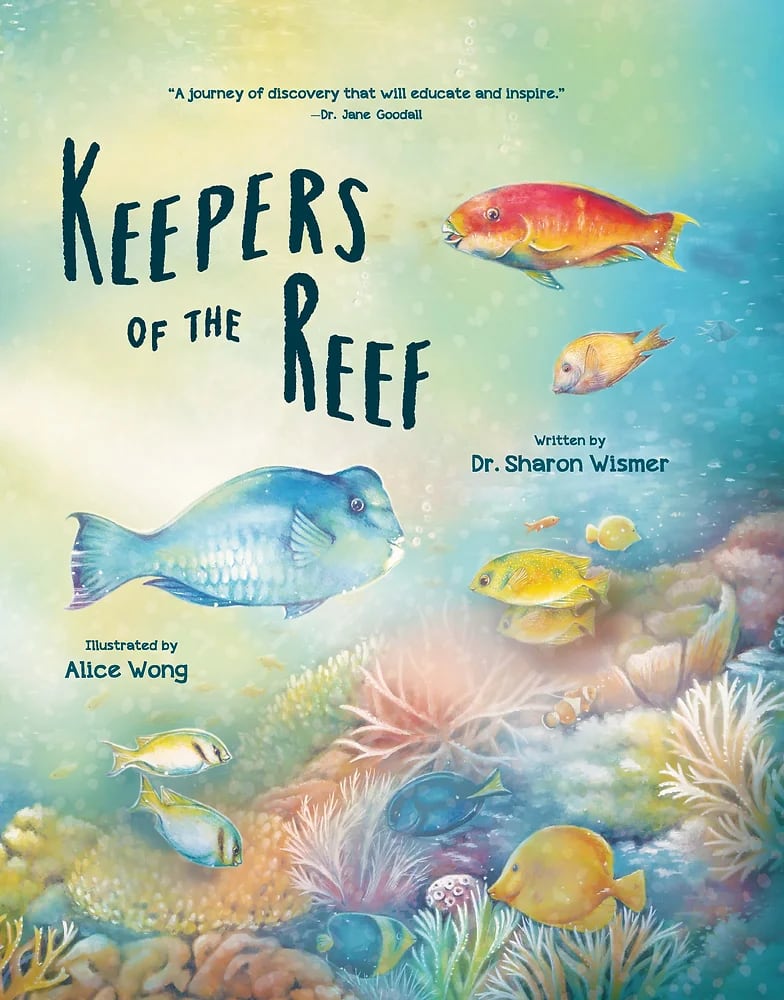 Keepers of the Reef
Keepers of the Reef
- Price A$ 31.95
-
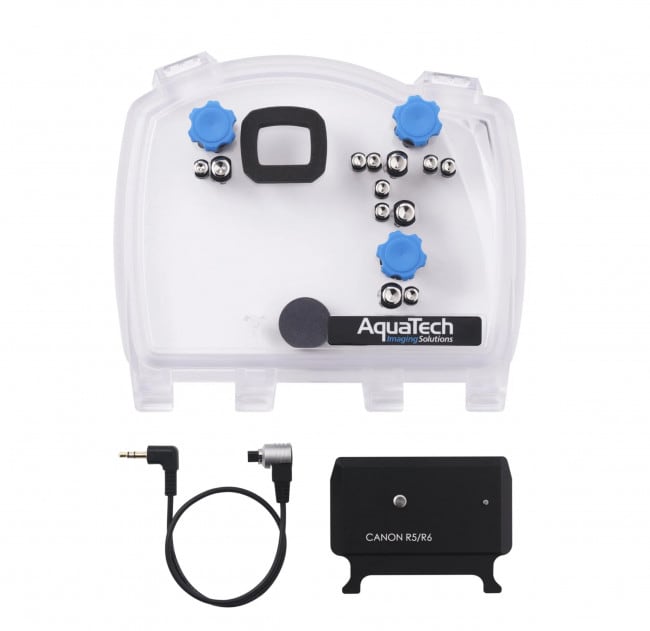 AquaTech EDGE PRO Conversion Kit - Sony - Nikon - Canon - Fuji
AquaTech EDGE PRO Conversion Kit - Sony - Nikon - Canon - Fuji
- Price A$ 1,049.00
-
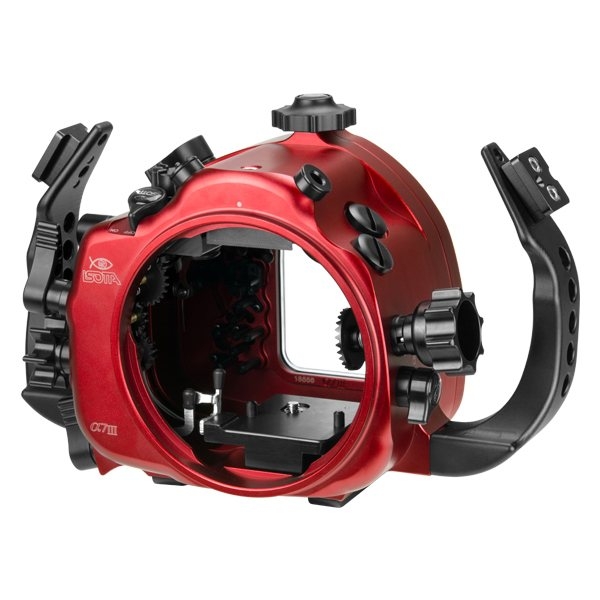 Isotta Underwater Mirrorless Camera Housings
Isotta Underwater Mirrorless Camera Housings
- Price A$ 2,290.00
-
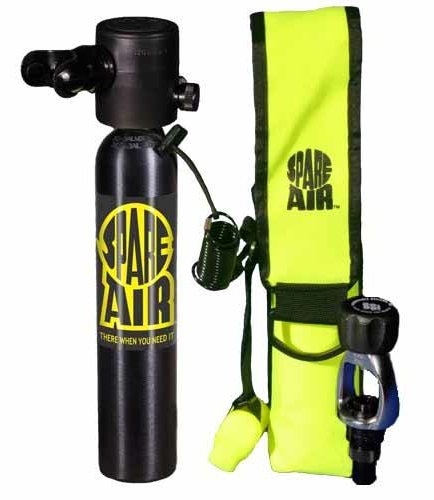 Submersible Systems Spare Air Pack - Model 300 - 3cuf
Submersible Systems Spare Air Pack - Model 300 - 3cuf
- Price A$ 549.00
-
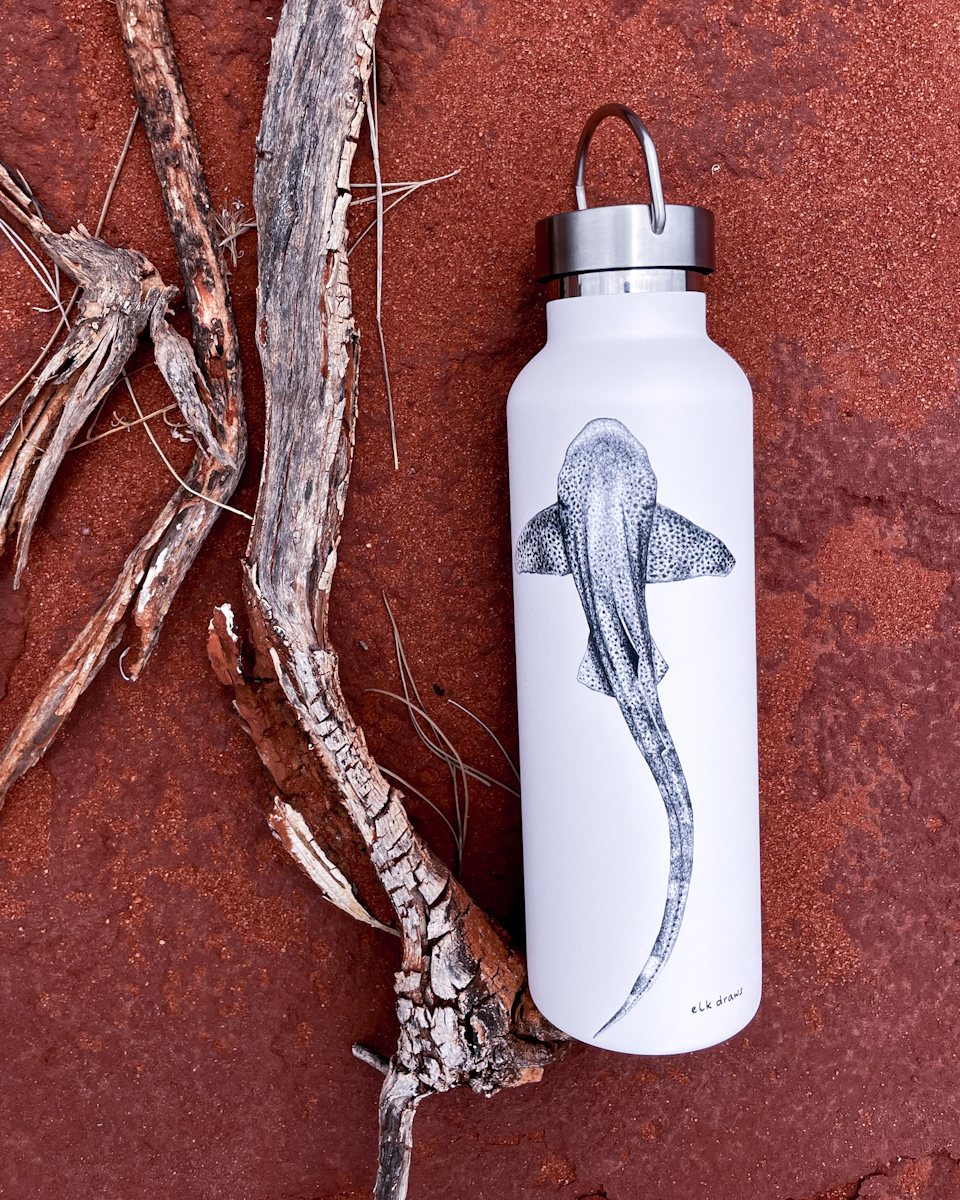 Underwater X Elk Draws Stainless Steel Insulated Water Bottle for Mental Health - Leopard Shark
Underwater X Elk Draws Stainless Steel Insulated Water Bottle for Mental Health - Leopard Shark
- Price A$ 39.95
-
 Scubalamp V7K Photo/Video Light - 15,000 lumens
Scubalamp V7K Photo/Video Light - 15,000 lumens
- Price A$ 1,699.00
-
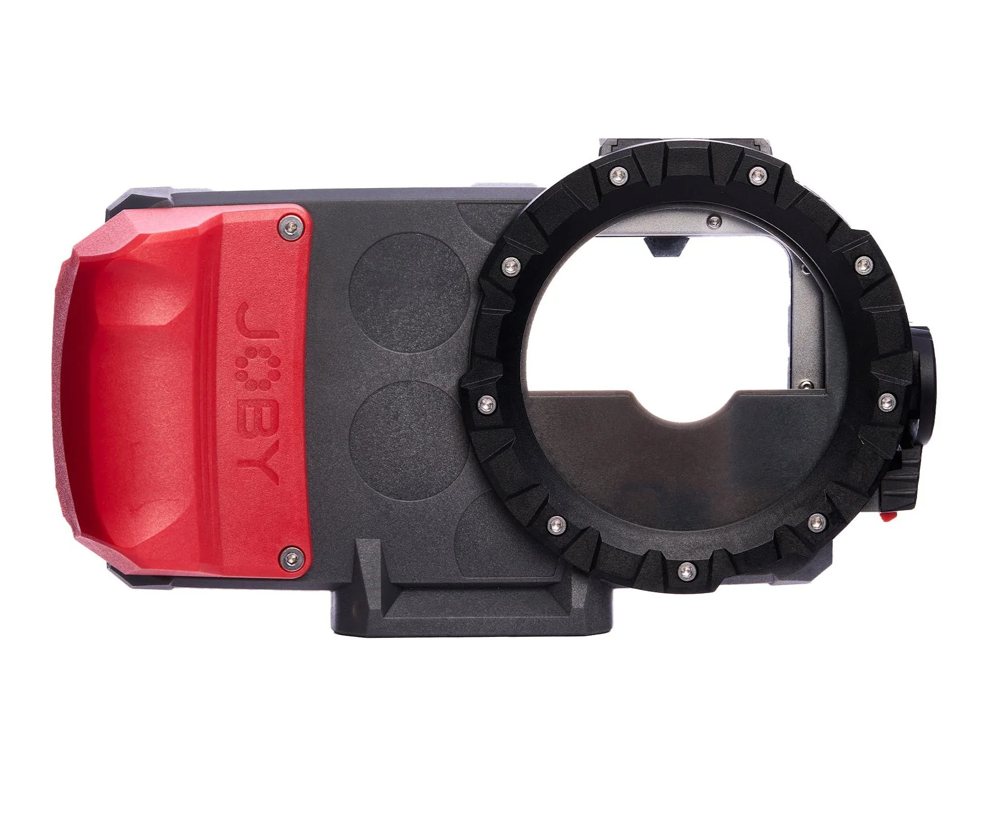 JOBY SeaPal Waterproof Phone Case for iPhone & Samsung
JOBY SeaPal Waterproof Phone Case for iPhone & Samsung
- Price A$ 294.95
In the Directory

 Seabob Sales
Seabob Sales
Official dealer of SEABOB Luxury Seatoys by CAYAGO. Addictive fun on and underwater. Dive in and discover. Made in Germany.
 Yamaha Seascooters
Yamaha Seascooters
Exclusive official distributor and dealer for Yamaha Seascooters in Australia, New Zealand and Fiji. Yamaha Seascooters feature light and efficient personal water scooters that are fun and affordable to anyone.


